Take the confusion out of the cereal aisle and learn which healthy cereals for kids are the most nutritious and easiest to eat—and what to look for on a label to help you feel confident in the choices you’re making at the store.
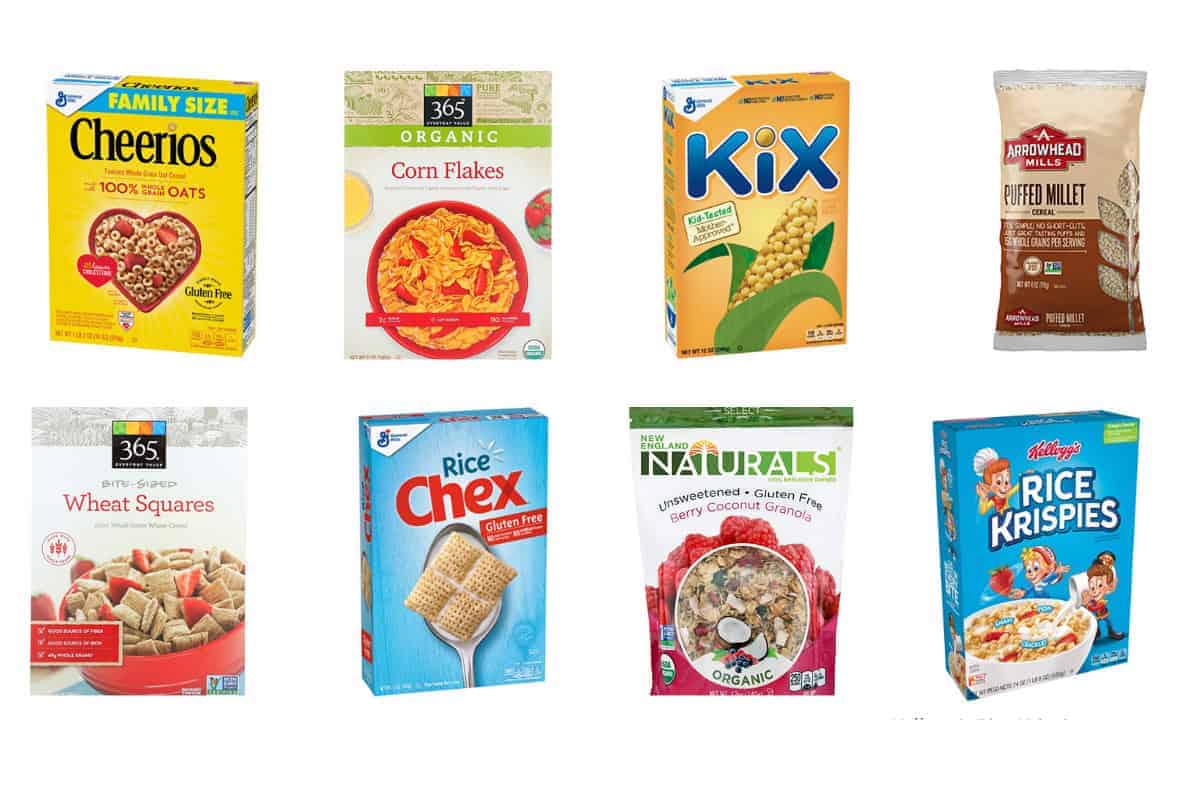
Kids Cereal
With so many options at the store, choosing a healthy kids cereal for the family can be totally daunting. But this post will share a few good brands to turn to, as well as give you pointers on how to read an ingredients label to ensure you’re buying what you think you are.
I love having cereal on hand for easy breakfasts, to use as snack components, and for a favorite shortcut meal. It’s easy to round it out with fresh fruit and milk to make a satisfying, nutritionally dense breakfast—that the kids like, too!
These cereals are great for breakfast and snack time, so they’re a pantry staple to keep on hand.
The ones I’m including in my recommendations here are lower in added sugars, taste less overtly sweet, and are easy and appropriate for toddlers and kids from a chewing perspective.
Your toddler won’t eat? Help is here!
Sign up for our email updates to get tips and ideas sent to your inbox.
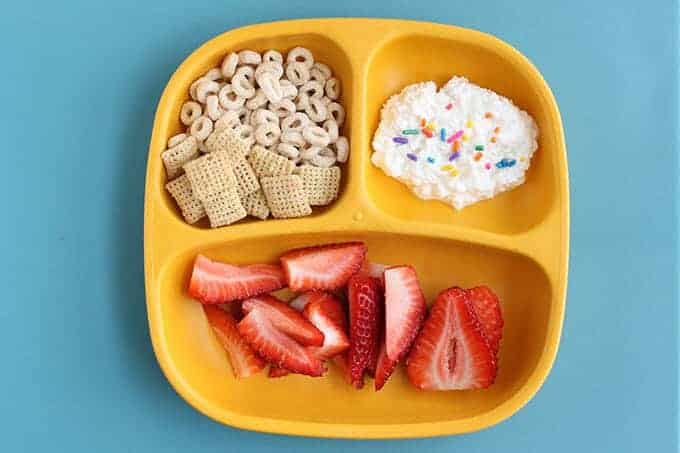
Ingredients in a Healthy Cereal
When buying cereal from the store, you’ll want to look for one that includes the following ingredients:
- whole grains
- fiber
- protein
- 0-5 grams of added sugar
TIP: I prefer to buy cereal with less sugars since they still taste great, aren’t overtly sweet, and can be sweetened with fruit.
How to Choose a Cereal for Kids, Step-by-Step
No matter where you shop, the process of choosing a healthy cereal is the same. Here’s what I recommend:
- Look for a type that has a whole grain as one of the first three ingredients.
- Look for a type that has fewer than 5 grams of sugar, plus some fiber and protein.
- Remember that the nutrition label and serving size are not portion-size mandates and the best guide for the amount of food your child needs is their unique appetite.
- Do not stress about it—this is just one food in the overall bigger picture of your child’s diet so it doesn’t have to be perfect.
(Remember that when served with milk, cereal can be a great source of calcium, too.)
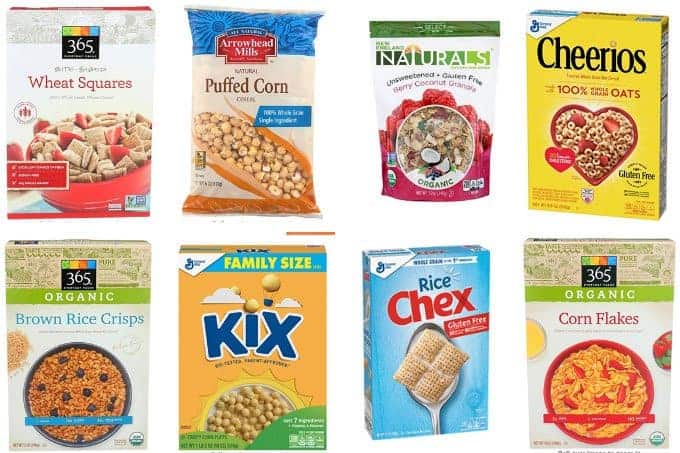
Best Cold Cereal for Toddlers
When buying a cereal for toddlers, I like this group that has less than 2 grams of added sugars. These low-sugar cereals are fortified with vitamins and minerals, and still taste really good. They also are easy to eat and can be served dry or softened slightly in milk. Here are my favorites.
- Puffed rice, corn, millet, or kamut, according to your preferences
- Shredded wheat (softened in milk for younger toddlers)
- New England Naturals Unsweetened Granola
- Cheerios (or similar store brand O’s cereal)
- Brown rice crisps or Rice Krispies
- Kix
- Rice Chex (or another unflavored Chex; a nice gluten-free option)
- Corn flakes
TIP: That New England Naturals granola is the first granola I’ve seen without added sugar. It’s also free from large clumps and it softens nicely in yogurt and milk, making it a great options for kids.
Best Cold Cereal for Kids
If you have older kids who want a little more going on in their cereal, these options have a little more added sugar but are still considered to be “healthy” due to their overall mix of nutrients. We sometimes mix these (or any other) sweeter cereals with plainer ones for a fun bowl with a little less sugar.
- Barbara’s Bakery Shredded Spoonfuls
- Barbara’s Bakery Puffins (plain or peanut butter)
- Mesa Sunrise
- Kashi Heart to Heart
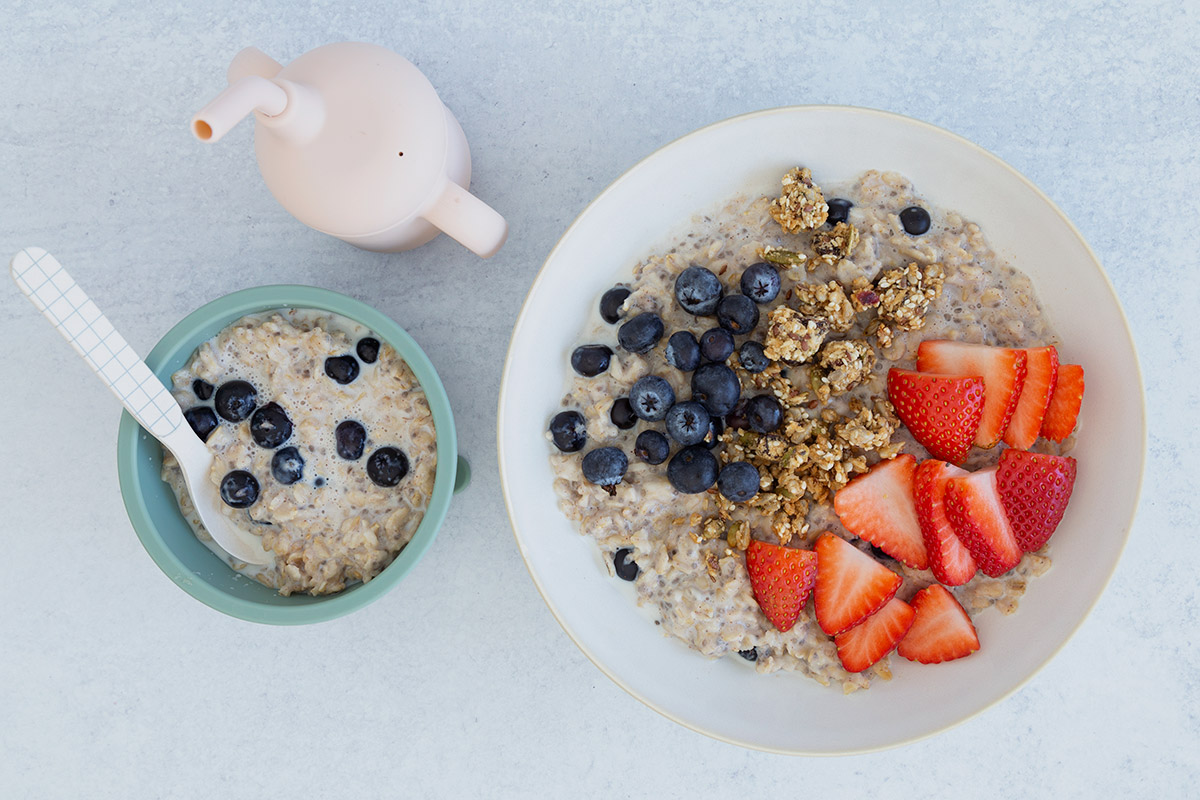
Best Hot Cereal for Kids
When looking for a hot grain or oatmeal for kids, the same tips apply: low sugar, high fiber, and some protein if possible. The easiest hot cereal to buy is old-fashioned rolled oats, though any oatmeal can work—even flavored ones that say “unsweetened” on the label.
TIP: Find my favorite Oatmeal with Fruit recipes here.
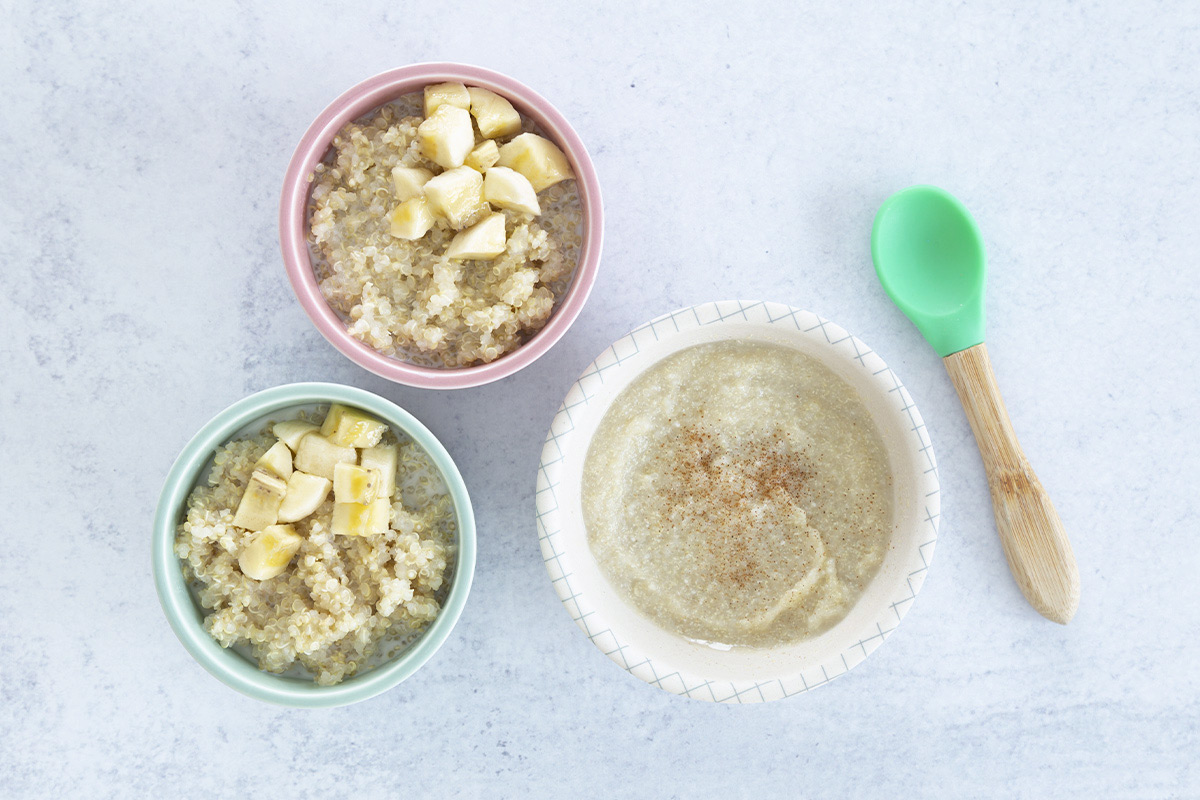
Best Cereal for Babies
It’s recommended that younger babies have cereal with added iron since their iron stores begin to deplete around the age of 6 months. I love the Clearly Crafted line from Happy Babies since they have fewer ingredients than most other baby oatmeals AND the ingredients are actually easy to understand.
TIP: If you’re worried about heavy metals, oat cereals usually are less of a concern than rice-based ones. You can also make homemade Baby Oatmeal and Baby Rice Cereal.
High-Fiber Cereal for Kids
Shredded wheat cereals typically have about 4 grams of fiber, so they are a good option. You can also look at bran cereals, though do check the label to make sure you choose one with low sugar, too.
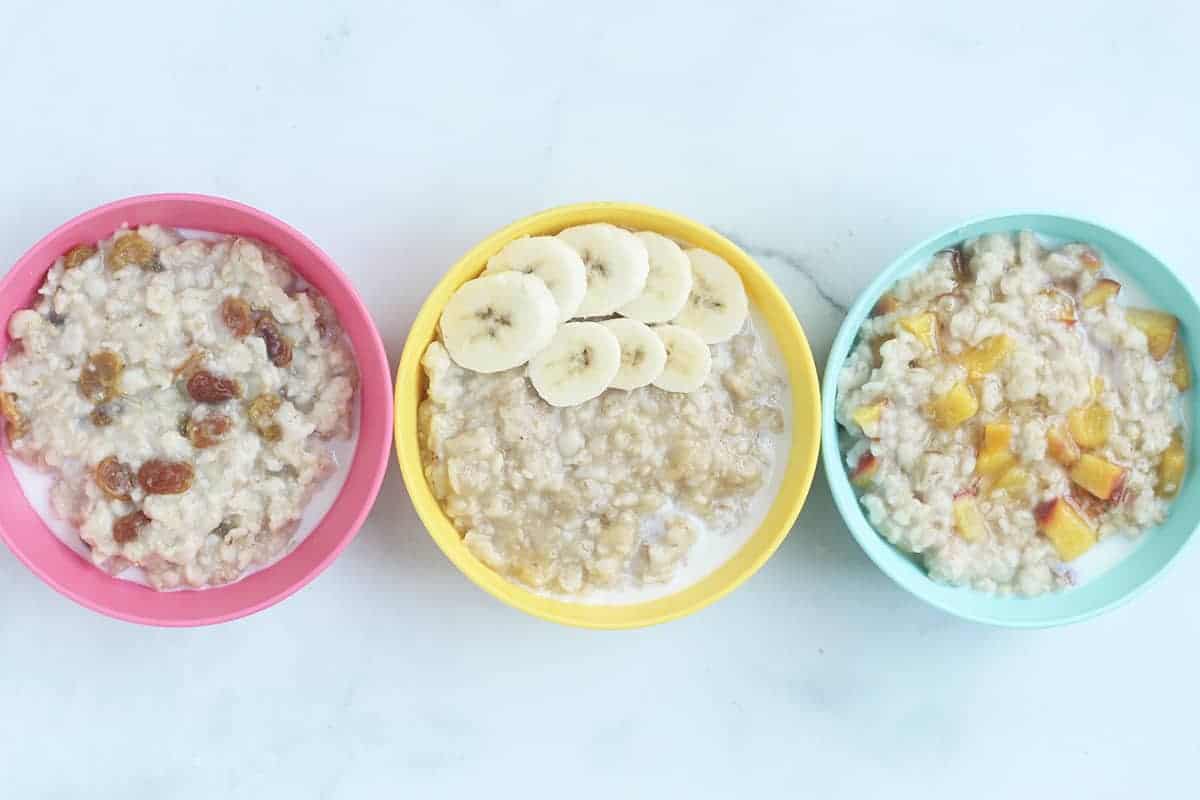
Kids Cereal Recipes to Try
If you want to try some homemade cereal options, here are a few easy ones we love.
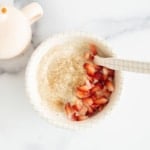
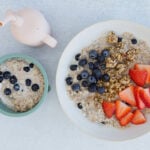
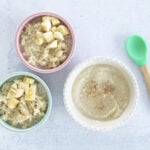
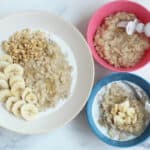
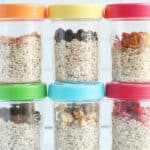
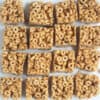
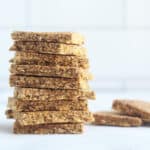
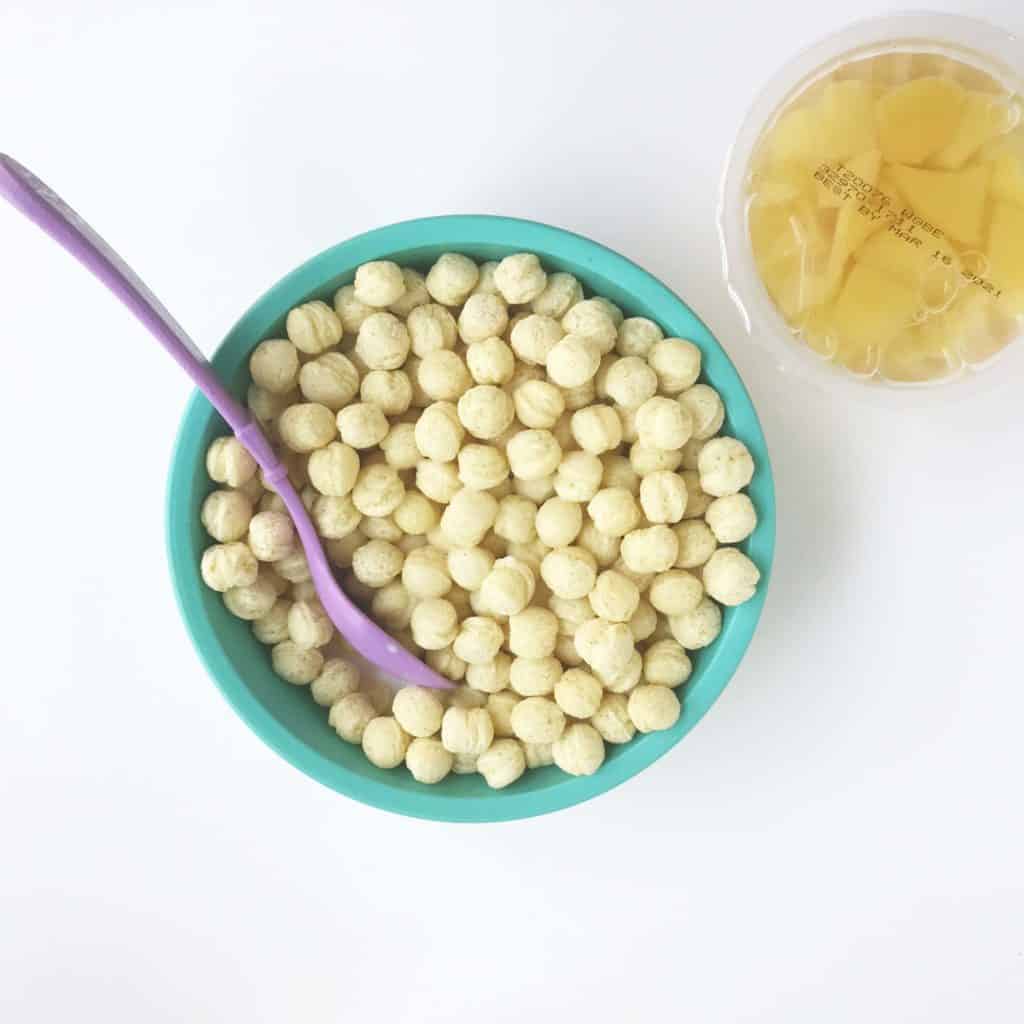
Best Tips for Kids Cereal
- I started serving cold cereal to my little guy around 16 months. Start with just a little milk to soften the cereal (but not make a giant mess).
- You can serve cereals dry as a snack or meal component if you prefer.
- Remember it takes kids time to become proficient in using a spoon, so expect a little bit of a mess for a while.
- Use dry cereal as an easy toddler snack, too.
- You may also like Favorite Store-Bought Snacks for Kids and my go-to Peanut-Free Snacks.
Related Recipes
If you have a favorite kids cereal you love that I didn’t include here, I’d love to know about it so please comment below to share!
This post was first published August 2019.
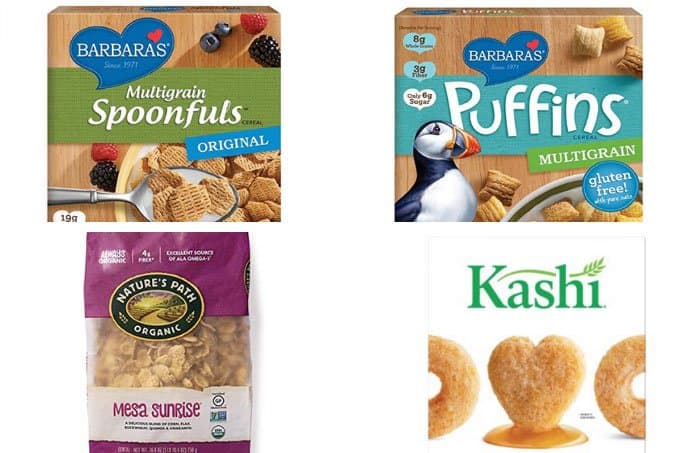

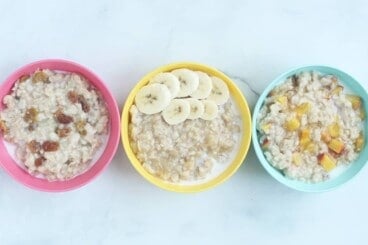
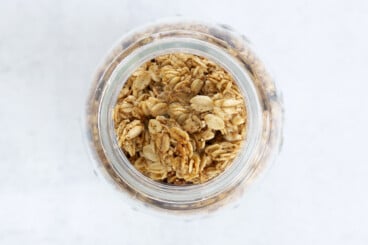
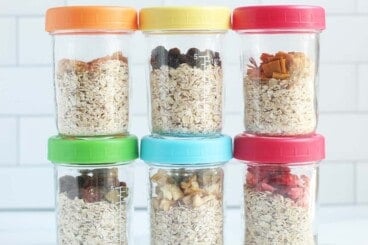
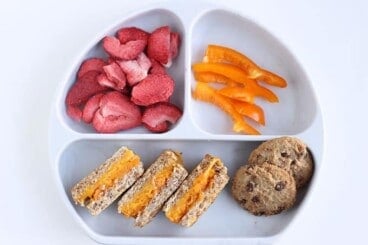
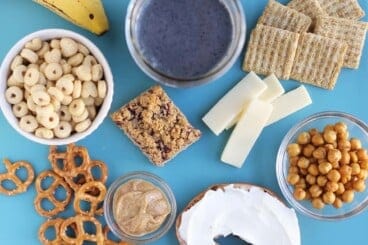
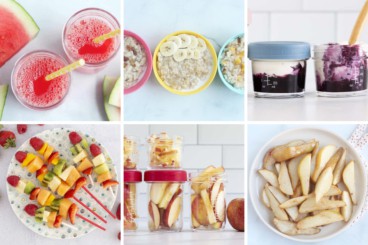
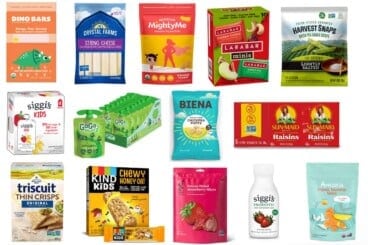
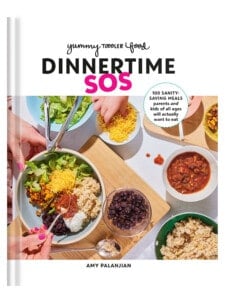
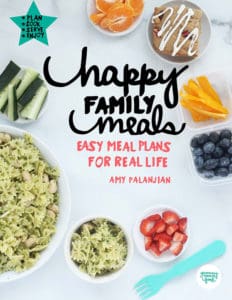
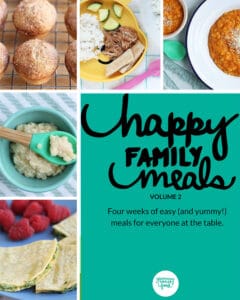
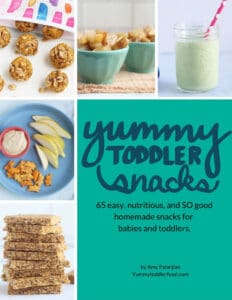




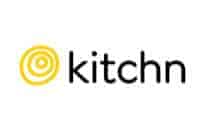




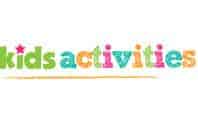
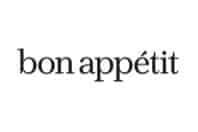
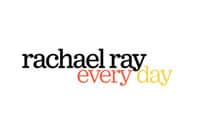


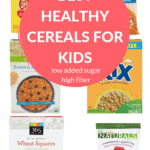
Cascadian Farm also makes an unsweetened granola and cereal!
I also found my daughter got really constipated after eating Cheerios and when I looked at the back of the packet I realized it was because that they had a fairly high iron content. That particular brand of Cheerios was perfectly suitable for adult DRVs but definitely not toddler appropriate.
It’s really interesting how unique our little kids systems are!
I think you are right, choosing a cereal can be really daunting, and that’s just when I am picking one for myself. There are so many brands out there that give the impression of being healthy and unless you know what you are looking for on the ingredient list, with all the different names for sugar, and nutrition facts you may miss that it’s like 8g of sugar per 30g of cereal. Who eats 30g of cereal anyway???????
Yes. instead of cereals with less sugar, we can also opt for the best natural cereals which has no added sugar, salt, preservative or additives.
Good work once again! Thanks a lot;)